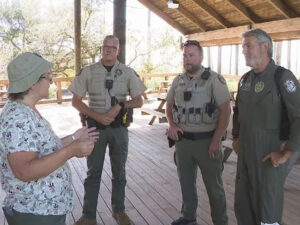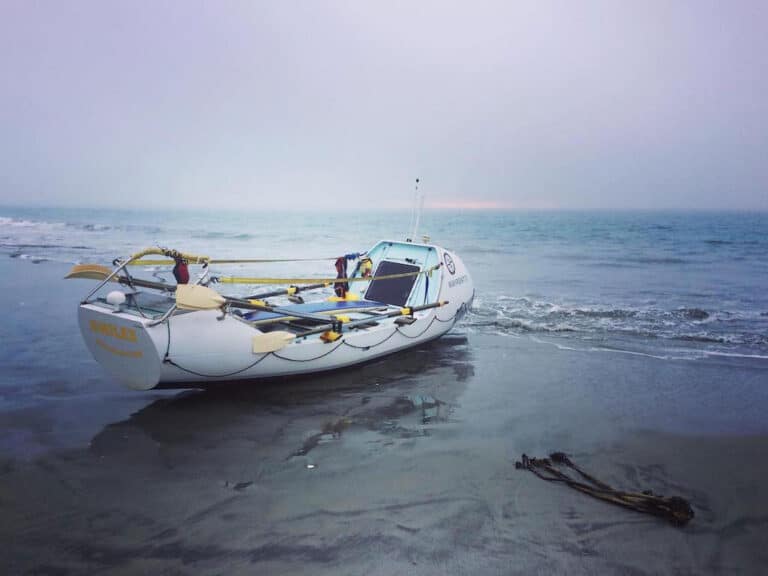For decades boat manufacturers have equipped boats with an emergency cut-off switch. The emergency cut-off switch lanyard, or ECOS-L, connects the engine ignition system to a life vest or belt loop, so if the operator leaves the helm while underway the lanyard is pulled and the motor stops. Congress recently passed a law making it mandatory to use an engine cut-off device whenever on plane in a boat under 26 feet.
This law will absolutely save lives. Accidents where the skipper is ejected or thrown from the helm are more common than you’d think – and even if the operator does stay in the boat, the time it takes to regain control can result in injury or even death.
That’s where the ECOS switch comes in. A traditional hard-wired lanyard will stop the motor whenever the operator is ejected, incapacitated or simply falls from the helm. It prevents the most terrifying predicament in boating – being in the water as the boat turns circles at high speed. It’s a simple, inexpensive and effective safety tool.
One knock on lanyards is that they only stop the motor when the skipper leaves the helm. That’s where the new generation of wireless ECOS switches shines. They can protect everyone onboard. Base models usually come with two electronic lanyards and can be linked to several more.
If anyone goes overboard, these wireless lanyards will stop the boat and immediately set a man-overboard waypoint on the GPS, allowing the skipper or crew to restart the motor and circle back to the overboard passenger. This technology is invaluable on larger vessels where crew may be at risk of ejection without the captain being aware, and whenever children are onboard.
Whether you choose to use the hardwired switch installed by your manufacturer, or a wireless fob, always use your ECOS-L. It’s the law, and it saves lives.








